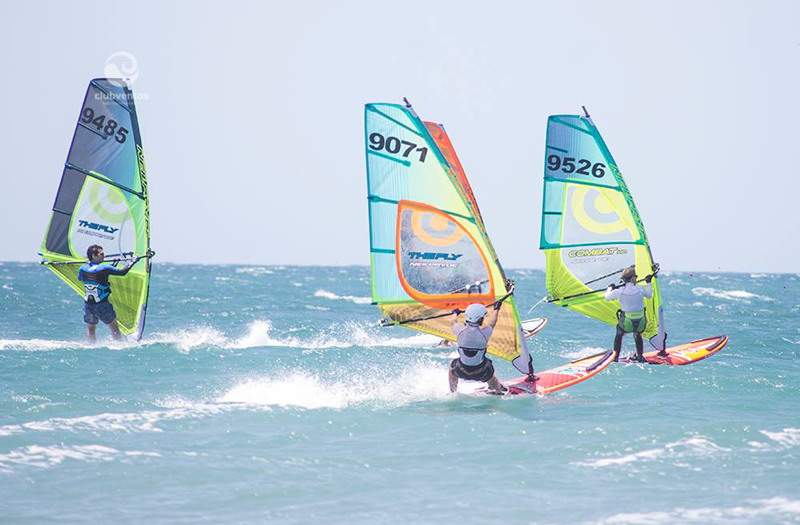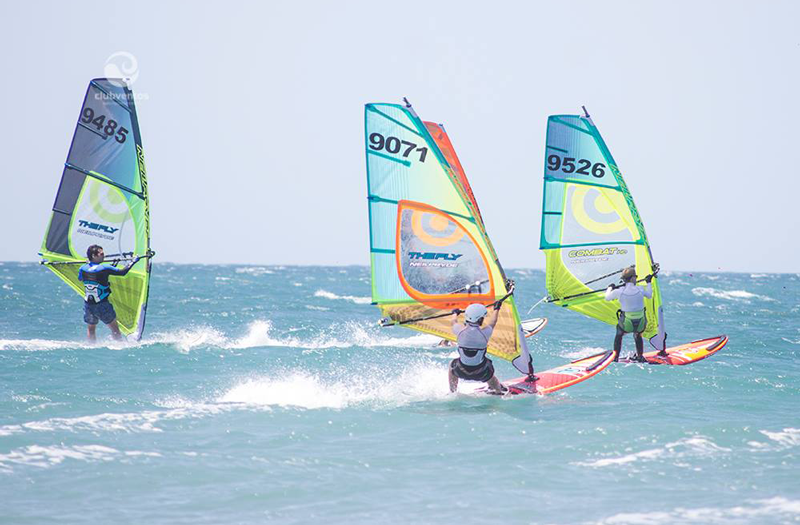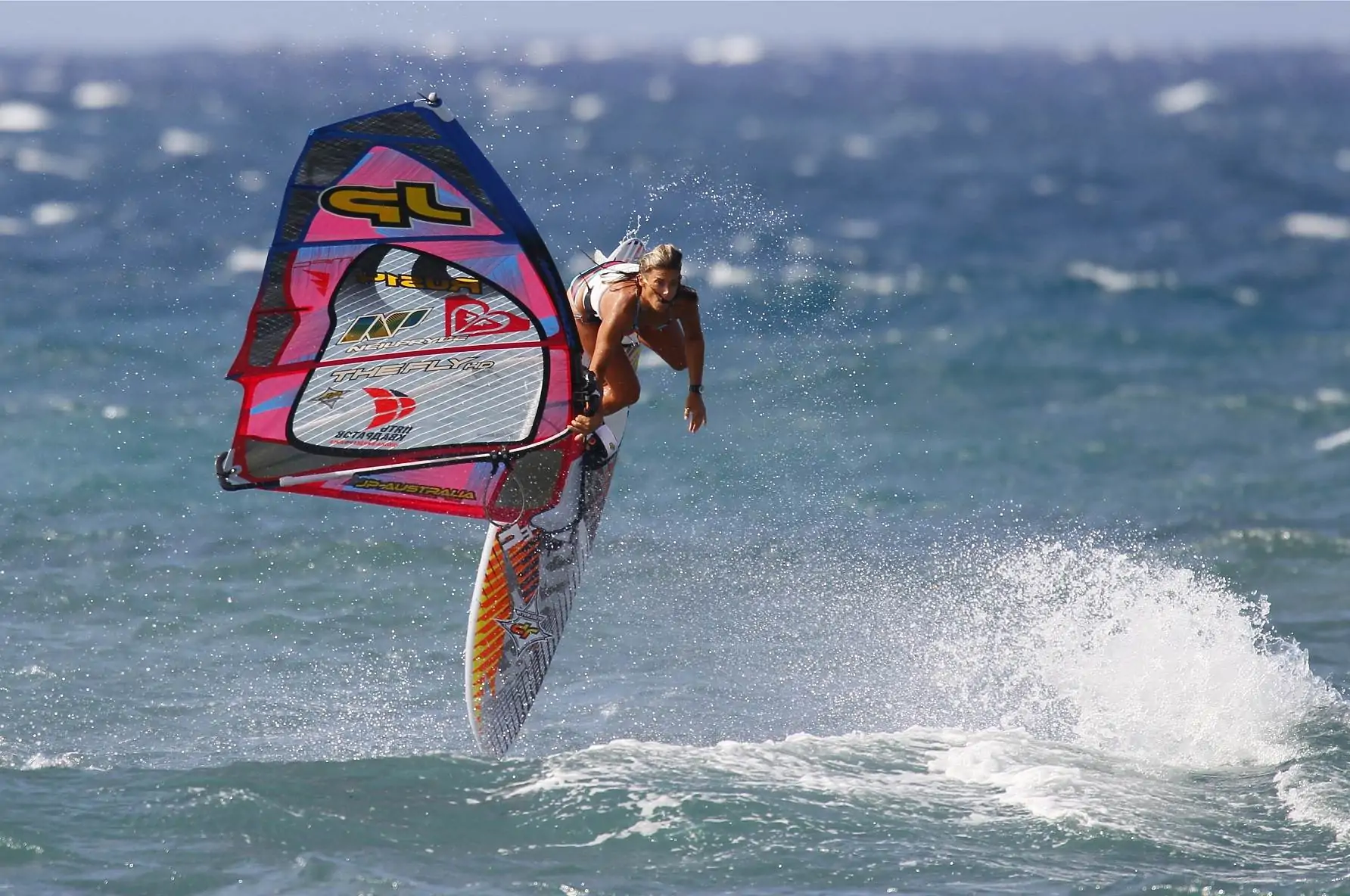Windsurfing is an exhilarating sport that blends the thrill of surfing with the power of the wind. Whether you’re a seasoned pro or a beginner, safety should always be your top priority. Windsurfing can involve high speeds, changing weather conditions, and unpredictable waters, making it essential to follow certain rules to minimize risks and ensure a safe experience. In this blog, we’ll cover the essential safety rules every windsurfing rider should follow, from proper equipment use to safety procedures.
1. Always Wear a Life Jacket or Personal Floatation Device (PFD)
Safety begins with wearing a life jacket or Personal Floatation Device (PFD), even if you’re an experienced windsurfer. While windsurfing does require skill, accidents can happen, and being in the water without a floatation device can be dangerous. A buoyancy aid provides additional support and keeps you afloat in case of an unexpected fall or if you get separated from your board.
Even on calm days, it’s recommended to wear a life jacket, and in more challenging conditions, it’s essential. Opt for a PFD that allows free movement but offers the support you need. Some PFDs are designed for windsurfing, with features like quick-release harnesses and breathable materials to ensure comfort without compromising safety.
2. Know Your Surroundings
Before hitting the water, always take time to assess the environment and weather conditions. Wind and weather can change quickly, and being aware of the forecast is essential to understanding what to expect during your session.
Make sure you’re familiar with the local water conditions, including currents, tides, and water hazards like rocks or reefs. Check if there are any potential obstacles in the area, such as boats, swimmers, or other water sports enthusiasts. If you’re in an unfamiliar location, it’s also a good idea to speak with local windsurfers or instructors about the safest areas to ride.
3. Always Check Your Equipment Before Going Out
One of the most important windsurfing safety rules is ensuring your equipment is in good condition before heading into the water. Inspect your sail, mast, board, and harness to ensure they’re free of damage or defects. Look for any cracks, tears, or loose parts that could compromise your safety while riding.
Ensure that your foot straps are secure and that your mast base is properly attached. Take extra care when checking the windsurfing rig (sail and mast), as failure to properly rig the sail can lead to serious issues while out on the water.
4. Learn the Basics of Windsurfing
Safety isn’t just about the equipment you use—it’s also about understanding how to control your board and sail. Beginners should start with a windsurfing lesson from a certified instructor, who can teach the fundamentals, such as balancing, steering, and how to fall safely.
Knowing how to uphaul the sail, tack, and jibe will give you more control over your ride and ensure you’re prepared in different situations. Moreover, mastering proper body posture and stance is essential for staying balanced and maintaining control.
For more advanced riders, understanding how to adjust your sail to suit varying wind conditions can help prevent accidents when facing challenging gusts or changing winds.
5. Stay Within Your Skill Level
It’s easy to get excited about windsurfing, especially when you see more experienced riders performing advanced maneuvers. However, it’s essential to stay within your skill level and not push yourself too hard too soon.
If you’re just starting, stick to beginner-friendly locations with mild winds and calm waters. Avoid venturing out into stronger winds or choppy waters until you’re confident in your ability to handle the board and sail.
Even as an experienced rider, it’s important to recognize your limitations and not take unnecessary risks. If conditions seem beyond your control or you’re feeling fatigued, it’s best to call it a day.


6. Use the Buddy System
Windsurfing is much safer when you’re not alone. If possible, always wind-surf with a buddy. Having a friend nearby ensures you have someone to assist you in case of an emergency. Whether you fall off your board or get caught in strong winds, having a buddy can help you get back to safety faster.
Moreover, when you’re in a group, it’s easier to spot hazards or other riders who might be in need of assistance. Always establish a communication system before heading out, and make sure you both agree on safety procedures and emergency protocols.
7. Stay Hydrated and Take Breaks
Windsurfing can be physically demanding, especially in strong winds or over long periods. It’s essential to stay hydrated and take regular breaks to avoid exhaustion or dehydration, which can impair your reaction time and decision-making abilities.
Even though you’re out on the water, you can still sweat and become dehydrated. Bring water with you, take breaks on land, and avoid overexerting yourself. Remember, fatigue is a significant contributor to accidents in many sports, including windsurfing.
8. Be Prepared for Emergencies
No matter how skilled you are, accidents can still happen. Therefore, it’s vital to prepare for emergencies. Always bring a cell phone (in a waterproof case) or a VHF radio when windsurfing in areas without easy access to help.
Before heading out, let someone know your plans, including where you’ll be and when you expect to return. In case of emergency, it’s critical to have an emergency signal plan, like waving your arms or using a whistle to attract attention.
Conclusion
Windsurfing is an incredibly rewarding sport, but it comes with inherent risks. By following the essential safety rules outlined in this guide, you can significantly reduce those risks and ensure that your time on the water is as safe and enjoyable as possible. Always wear a life jacket, check your equipment, and understand your surroundings. By practicing good safety habits, you’ll be able to focus on having fun while staying safe on the water. Happy windsurfing!











